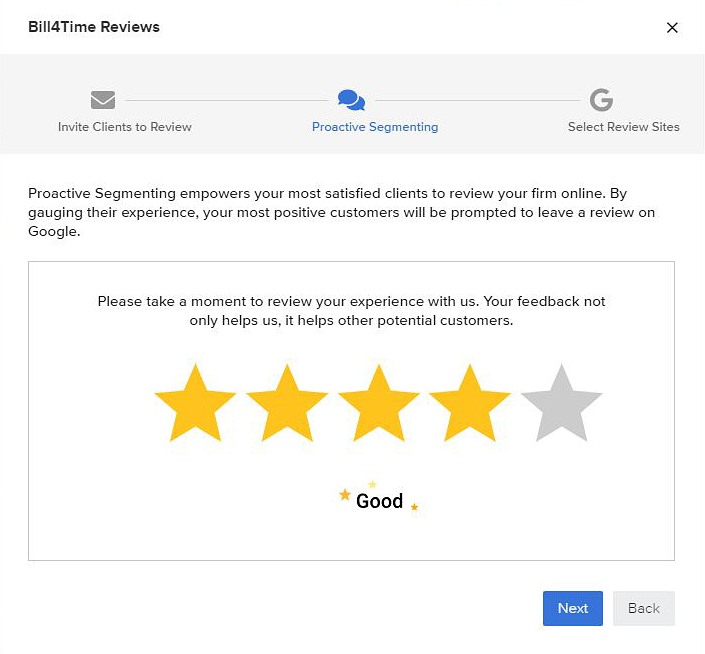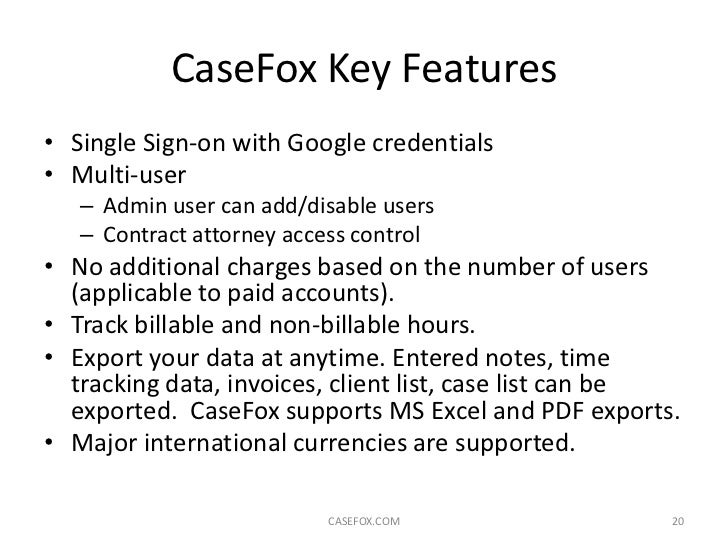

It enforces the capture of things like your client number or matter number and can include date and time stamps, useful if you do your time capture at the same time as the event occurred.Even if we friendly touched upon what the software does, let’s continue our Bill4Time review by properly introducing this tool to all the positive and negative aspects. Like a check or deposit entry in your finance system, you enter the time on a slip that gets stored with all the others for that client. Some time and billing packages adopt the digital analog of the paper time slip. Time and billing are two functions that almost always go together, since capturing the time on its own is only part of the story. Case management programs like Amicus Attorney, Clio, and M圜ase or finance programs like Freshbooks may provide both time capture and integration with other functions. These products may integrate with other products you use. Products include Bill4time, Sage’s Timeslips, and Time59. You can also purchase standalone time and billing software. This is one of the real powers of integrated law practice systems, tying your activities to data that you have already entered, and enabling automated bills to be generated from them. Time and billing functions are frequently built into law practice management systems, integrating with your client contact information and matters. This information can help you to generate your bill but can also help, if questions arise later, to show what you did and when. This is critical because when you start to pull together your client’s bill, it needs to be more detailed than “5 hours spent on client matter.” Who would be comfortable paying that? As you capture your time, note not only what the activity was (“phone call”) but the details of it (“reminder to get signed copy of contract to my office”) as well as things like time, duration, who you spoke to. But you want to have a system that enables you to track details about the activity and connect it to a client’s file. There are utility tools like stopwatches – start one when you start talking with a client, stop it when you finish – that can work in any business environment. Time and billing software is where we start to get closer to the law-specific software that will only be found in your law practice. Whether you spend two hours that you can bill to a client or on marketing that may generate new clients, you should be able to measure and value that time. The most important thing you need to be doing is attaching the time spent doing work to a particular client matter or activity. The productivity aspect is really background.

If you can see that you are sinking huge amounts of time into any given task, time you had not budgeted for that task and hadn’t intended to use, it can prompt you to find ways to fix that time loss. For example, while it seems intuitive to check your e-mail first thing in the morning, it is also a notorious way to be distracted from the tasks you’d initially intended to complete when you arrive at the office. In particular, knowing how your time is being spent and when can help you to identify ways to become more productive. Do you spend 3 hours on e-mail each morning? Are you surfing news sites for 1 hour each afternoon? Are those the ways you want to spend that time or could you use it more effectively. They create visual representations of the software you use and how you use it and can flag areas of concern.
#Time59 vs bill4time Pc#
You can temporarily disable them if you are taking a call – off your computer – or leaving your PC entirely. As you visit a Web site or edit a Word document, they note these activities. They run in the background on your computer and watch what you do. They may be able to help you bill your time too but can also be productivity tools if they enable you to use your time more effectively.Ī good example is a program like Chrometa or Rescuetime. Even before that, though, there are useful tools you can employ to see how you manage your time at a higher level. We’ll look at the time capture aspect in a moment. Even if you are in a law practice where the subject matter or clientele drives you toward fixed fees or other pricing strategies, you need to understand how you use your time and assign a value to it. Hourly billing is a fact of life despite encroachment by alternative fee arrangements (AFAs) and pricing managers at large law firms. Some of those hours may not need to be client-specific (pro bono, business development) but it creates a challenge to bill every possible minute. Some large law firms routinely bill more than 2,000 hours per lawyer year, or 50 8-hour weeks a year. The traditional way for lawyers to do this is to bill based on the time spent on a particular case. To remain a going concern – and for you to eat – it needs to generate revenue.


 0 kommentar(er)
0 kommentar(er)
